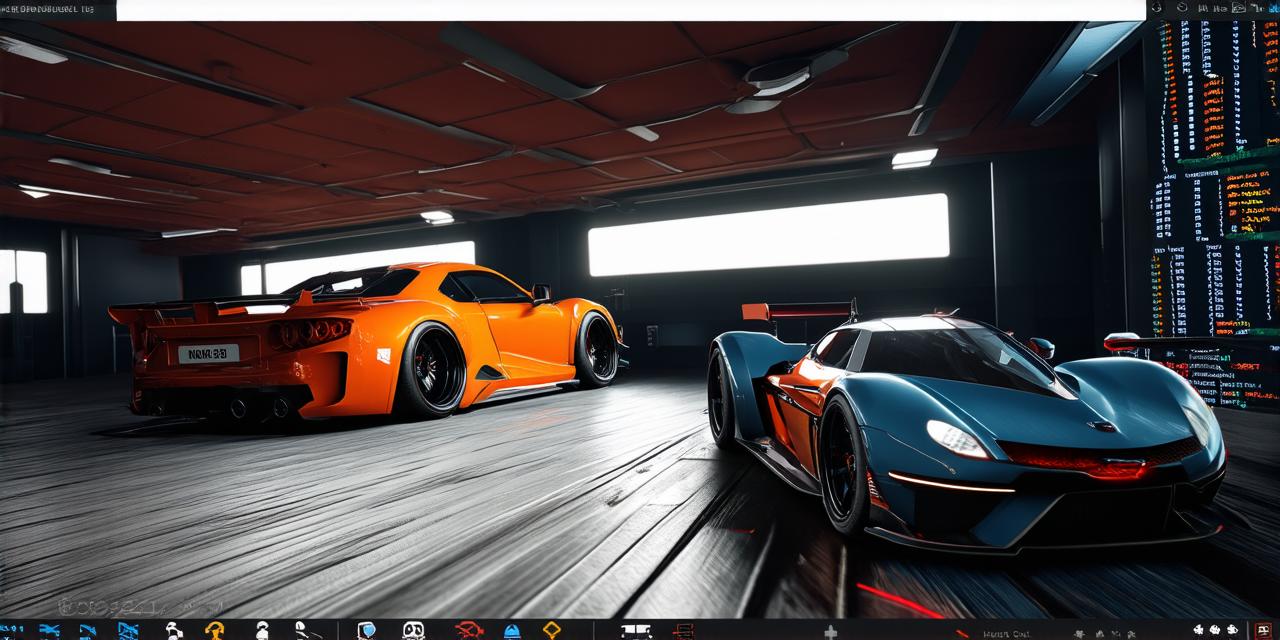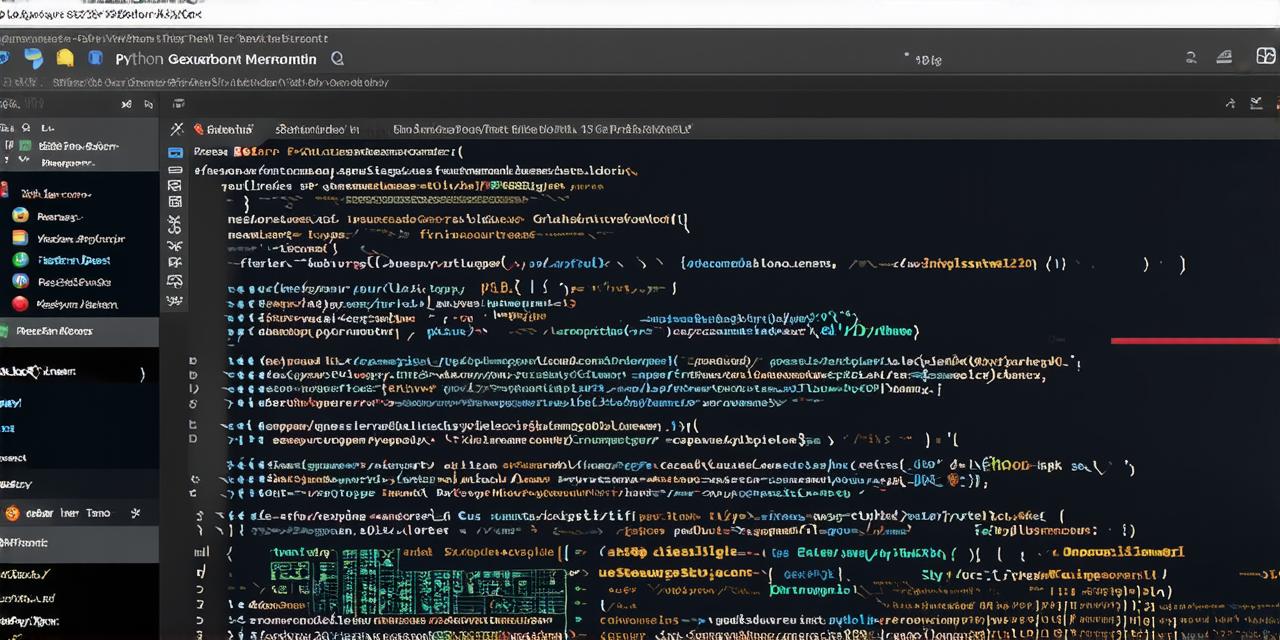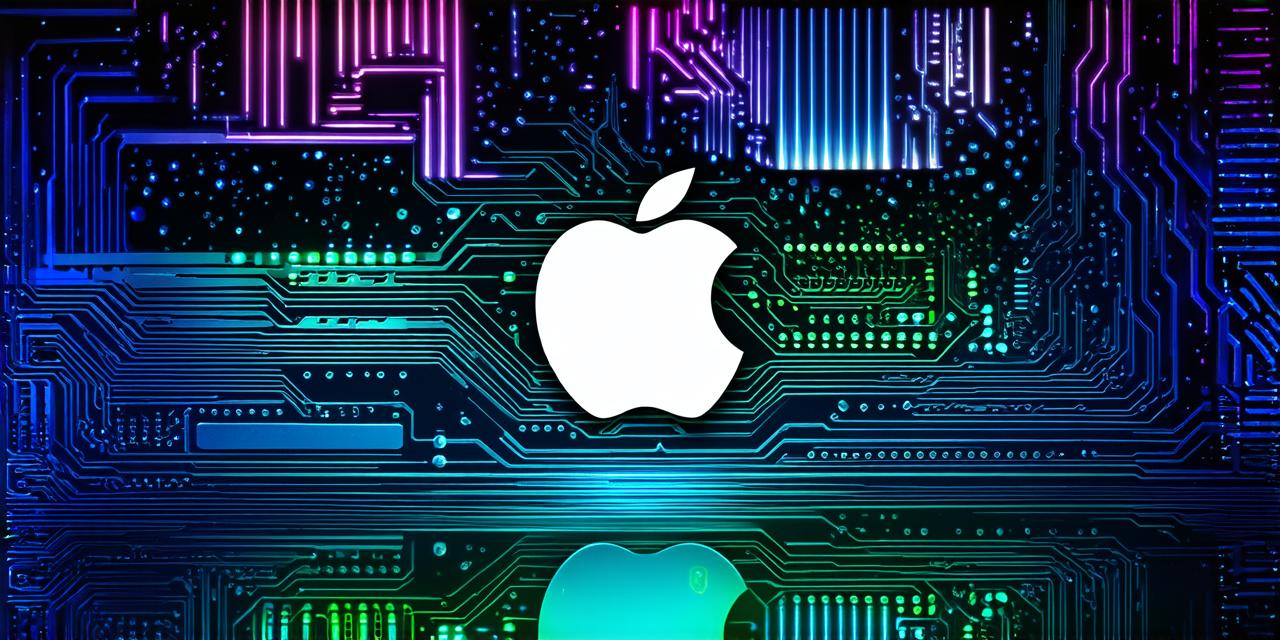Game development is an exciting and rapidly growing field that allows individuals to create immersive experiences for players. Whether you’re interested in creating simple 2D games or complex virtual reality (VR) worlds, game development requires a combination of creativity, technical skills, and business acumen.
Understanding Game Development:
Game development involves several stages, each of which is crucial to the overall success of a game. The first stage is the conceptualization phase, where the game’s idea is born. This stage involves brainstorming and determining the game’s genre, target audience, and core mechanics. During this stage, it’s essential to conduct market research and analyze existing games in the same genre to identify gaps and opportunities for innovation.
The second stage is the prototyping phase, where the basic mechanics of the game are created. This stage involves creating a prototype or a minimum viable product (MVP) that demonstrates the core concepts of the game. During this stage, developers test the prototype with players to gather feedback and refine the game’s mechanics.
The third stage is the production phase, where the final game is developed and polished. This stage involves programming, art design, sound design, and testing. During this stage, developers work together to bring the game to life, adding features, improving graphics and sound, and ensuring that the game is optimized for various platforms.
The fourth stage is the launch phase, where the game is released to the public. This stage involves marketing, distribution, and ongoing support. During this stage, developers need to create a buzz around the game, secure distribution deals, and provide regular updates and patches to keep players engaged.
Tools and Technologies:
Game development requires various tools and technologies that vary depending on the type of game being developed. For 2D games, developers use tools like Adobe Photoshop, Illustrator, and GIMP for art design, while programming languages like HTML5, JavaScript, and C++ are used for coding. For 3D games, developers use tools like Blender, Maya, and Unity or Unreal Engine for art design and game development.
Virtual Reality (VR) and Augmented Reality (AR) require specialized tools and technologies like Oculus Rift, HTC Vive, and ARKit for development. These tools allow developers to create immersive experiences that transport players into virtual worlds or superimpose digital elements onto the real world.
Key Concepts:

<p




